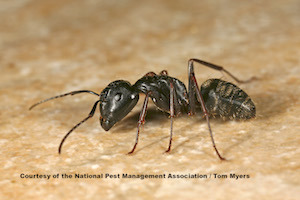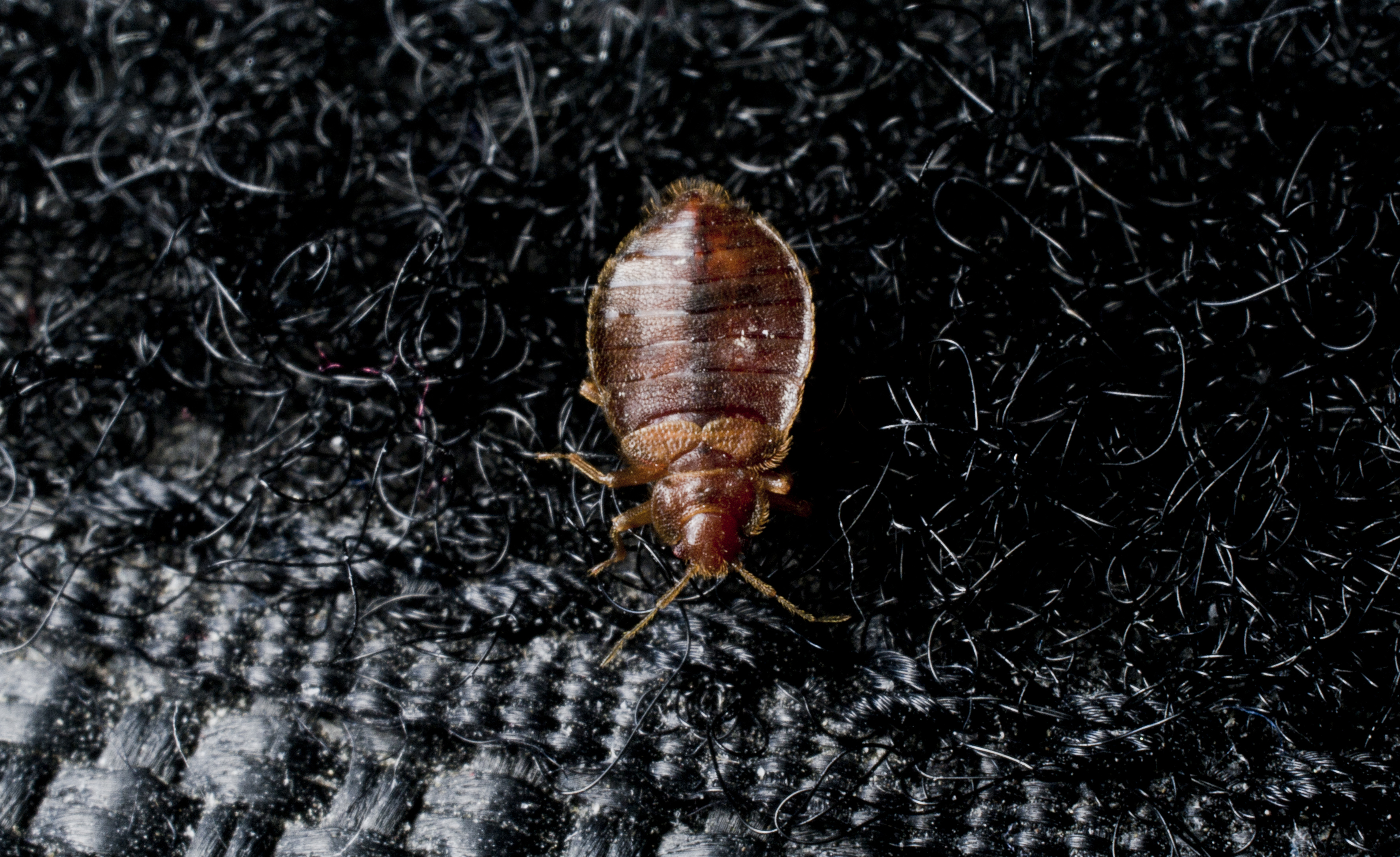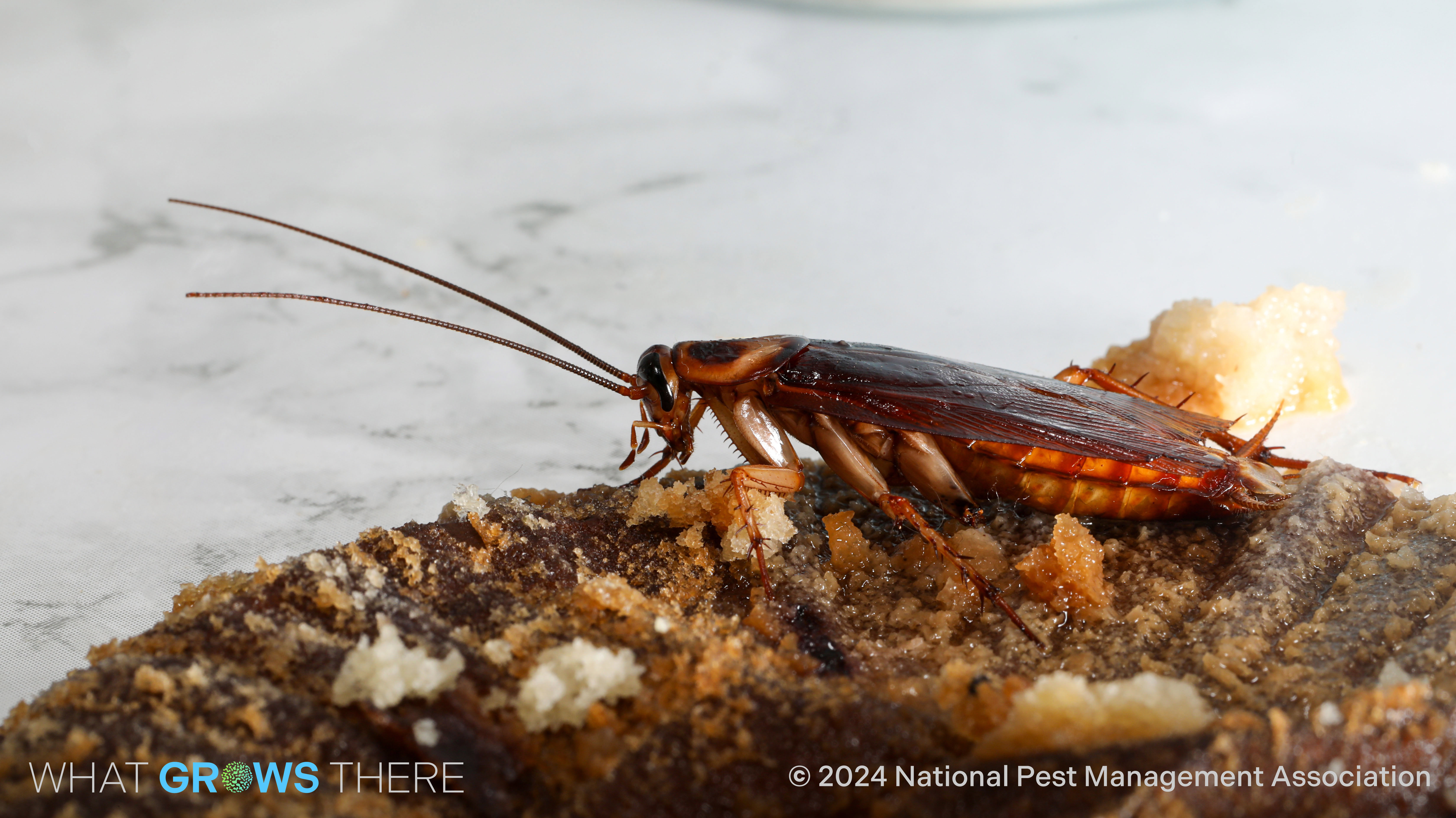Termite Season is Here: Know The Signs of an Infestation
New survey from the National Pest Management Association reveals many homeowners miss warning signs of termite infestations
FAIRFAX, VA (March 3, 2025) – As spring approaches, so does peak termite season – a time when these silent destroyers are most active. These wood-destroying pests cause an estimated $6.8 billion in property damage annually, which is why the experts at the National Pest Management Association (NPMA) are urging property owners to learn the tell-tale signs of an infestation during Termite Awareness Week, March 2 – 8, 2025.
A recent survey conducted online by The Harris Poll on behalf of NPMA found that only 31% of U.S. homeowners are familiar with common termite infestation signs, underscoring the need for education. Even more concerning – nearly half (49%) of homeowners are unaware of the severe damage they can cause to buildings and structures.
"Our research highlights a clear need for more awareness around these destructive pests," said Jim Fredericks, Senior Vice President of Public Affairs for NPMA. "For most homeowners, their house is their biggest investment, and termites can quietly put its integrity at risk. Regular termite inspections and treatment from a licensed pest professional can help catch the warning signs early, before they lead to expensive repairs."
NPMA encourages homeowners to be on the lookout for the following signs of a potential termite problem:
-
Mud Tubes: Subterranean termites, the most destructive termite species, build mud tubes near the foundation of a building to provide moisture and shelter as they travel between their colony and food source.
-
Swarmers: Often mistaken for flying ants, swarmers are winged termites that emerge from mature colonies during the spring in search of a place to mate and build a new colony.
-
Discarded Wings: Piles of shed wings near windowsills, doors, or light fixtures are a sign that swarmers have emerged inside a home.
-
Wood Damage: Termites tend to eat wood from the inside out so hollow-sounding or visibly damaged wood often signifies an infestation.
-
Frass: A sign of drywood termites, these small, pellet-shaped droppings accumulate inside or outside of a home as termites tunnel through wood.
"Prevention is key," said Fredericks. "Homeowners can reduce the risk of infestation by stacking firewood away from the building, ensuring rainwater drains away from the building foundation, eliminating wood-to-soil contact and scheduling regular termite inspections.”
For more expert advice on termites and to find a qualified pest control professional, visit www.PestWorld.org. Homeowners can also explore NPMA’s educational projects that highlight the destructive power of termites: The Tiny Termite House, a built-to-scale home that shows how quickly termites can cause severe structural damage, and Will They Eat It?, a video series that tests termites' appetite – eating through everything from money to headphones.
###
Survey Methodology
This survey was conducted online within the United States by The Harris Poll on behalf of NPMA between February 10 -12, 2025 among 1,365 U.S homeowners ages 18+. The sampling precision of Harris online polls is measured by using a Bayesian credible interval. For this study, the sample data is accurate to within +/- 2.5 percentage points using a 95% confidence level. For complete survey methodology, please contact NPMATeam@vaultcommunications.com.

Learn About Ants
Ants are a common pest homeowners struggle to eradicate. Learn more about them!

Bed Bug Pest Guide
Traveling for the holidays this year? Be sure to keep an eye out for bed bugs! Use our Pest Guide to help identify this pest.

NPMA's What Grows There? Project
Check out NPMA's What Grows There? project to learn how pests, such as flies, cockroaches and rodents, can spread germs throughout a home.

About the National Pest Management Association
The NPMA, a non-profit organization with more than 5,500 members, was established in 1933 to support the pest management industry's commitment to the protection of public health, food and property from the diseases and dangers of pests. For more information, visit PestWorld.org or follow @PestWorld on Facebook, X, Pinterest, TikTok and YouTube and @PestWorldOfficial on Instagram.

Learn About Ants
Ants are a common pest homeowners struggle to eradicate. Learn more about them!

Bed Bug Pest Guide
Traveling for the holidays this year? Be sure to keep an eye out for bed bugs! Use our Pest Guide to help identify this pest.

NPMA's What Grows There? Project
Check out NPMA's What Grows There? project to learn how pests, such as flies, cockroaches and rodents, can spread germs throughout a home.
